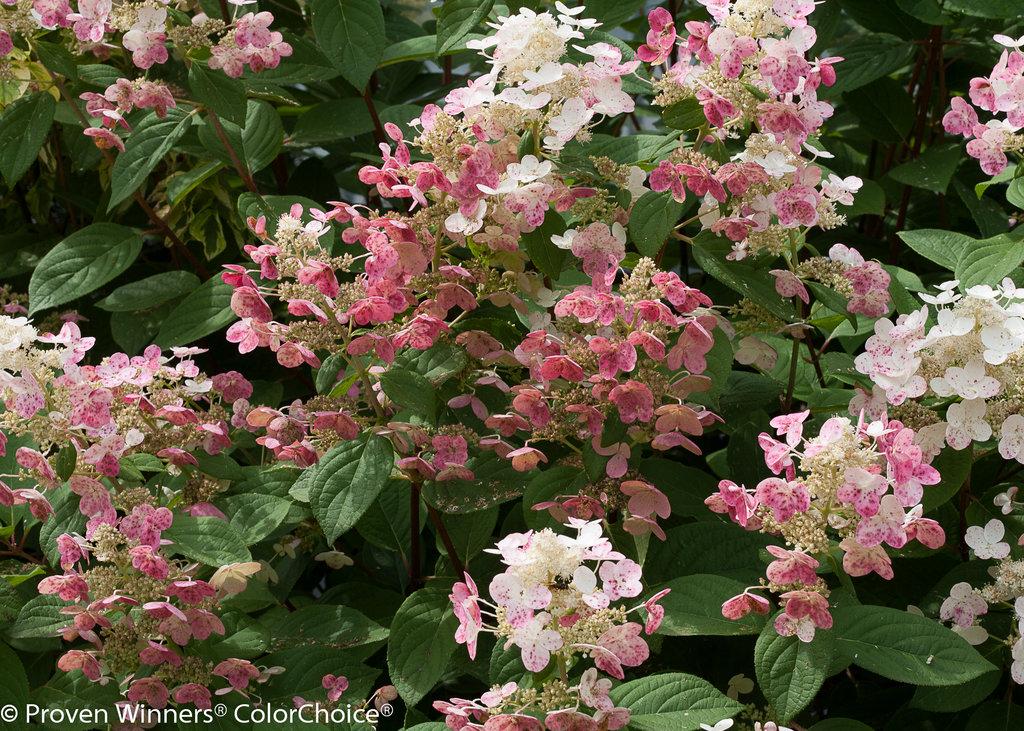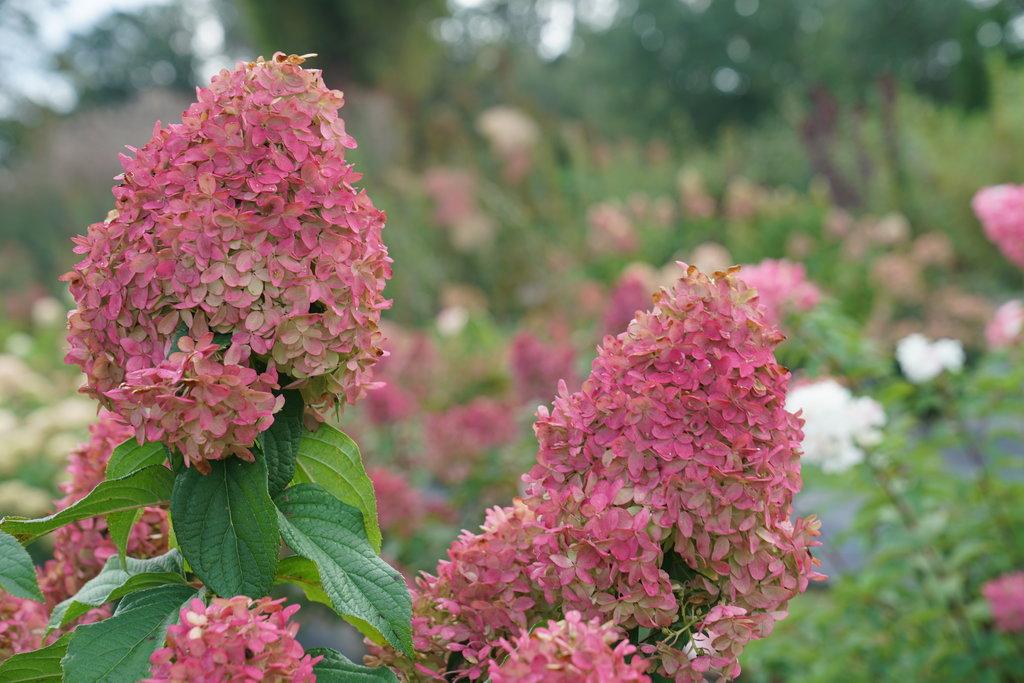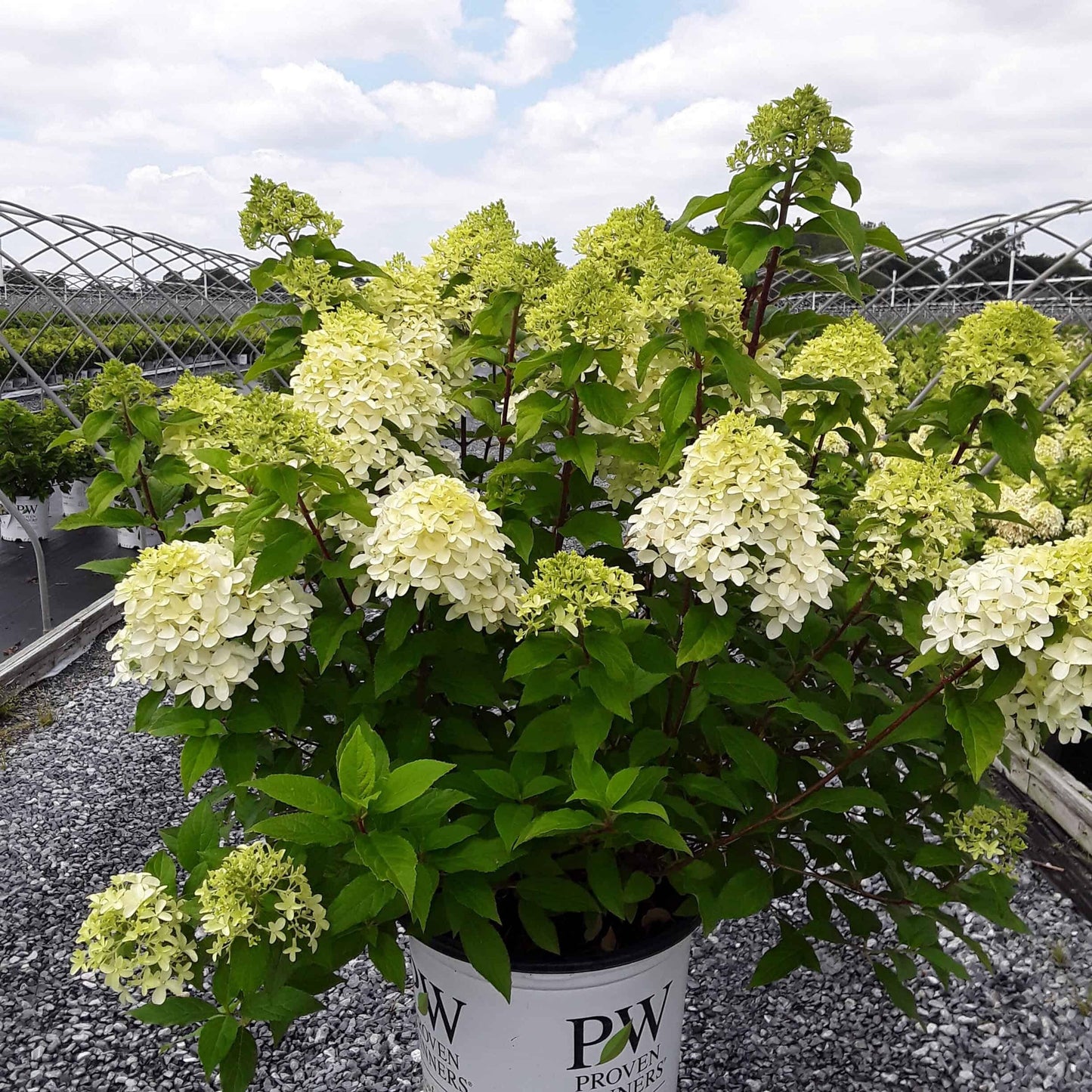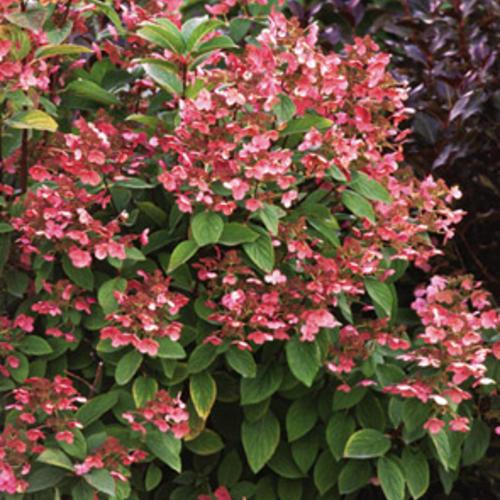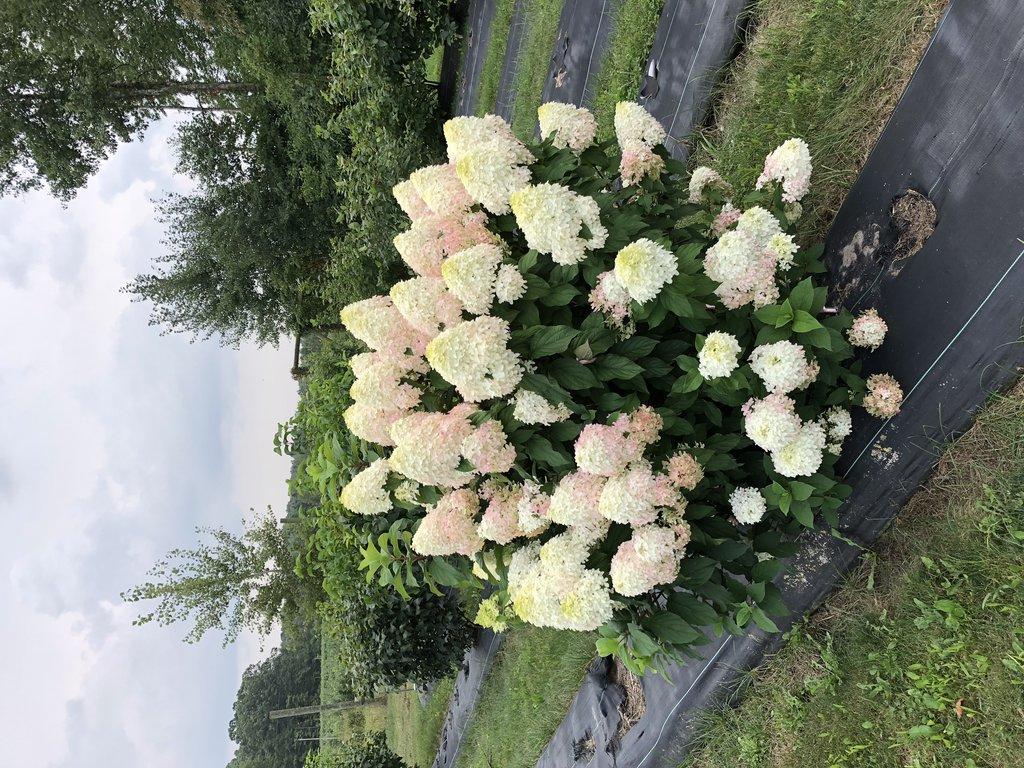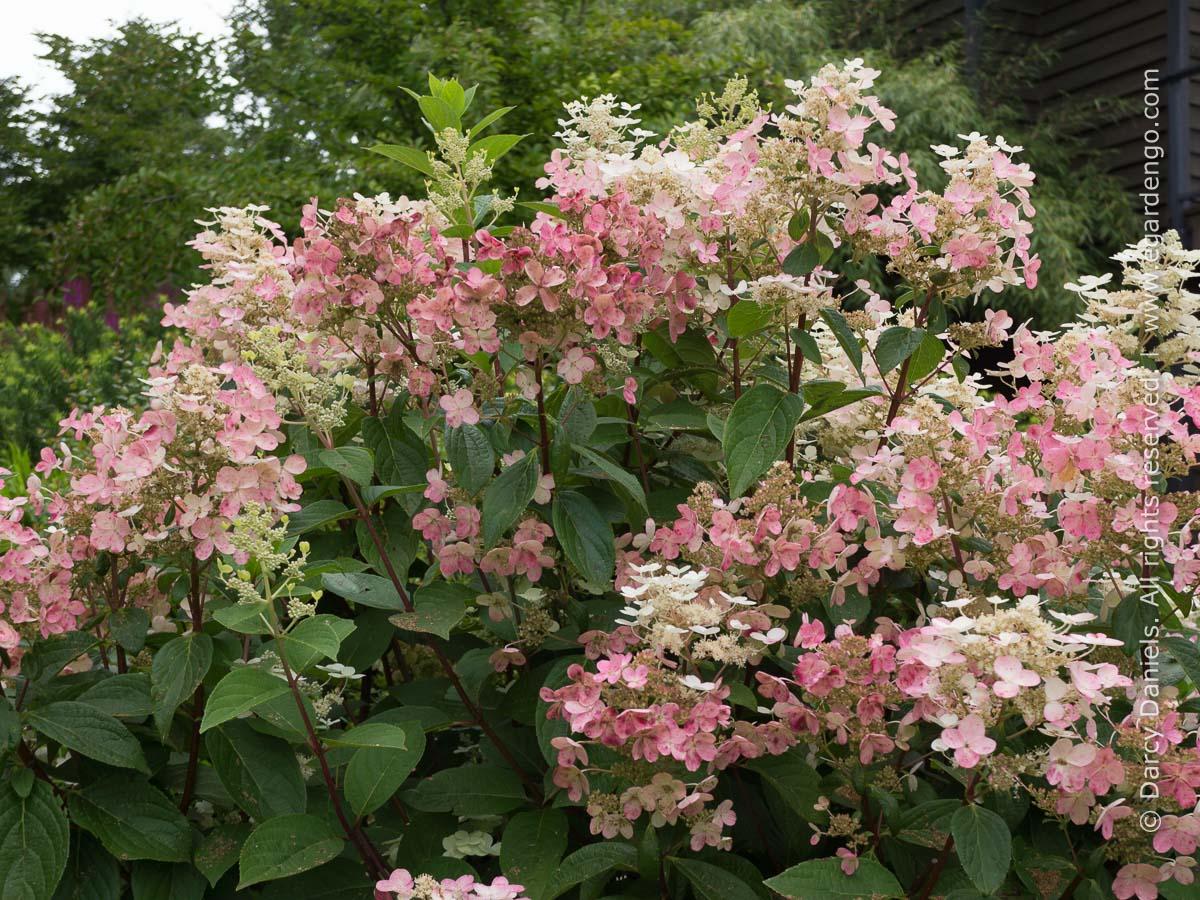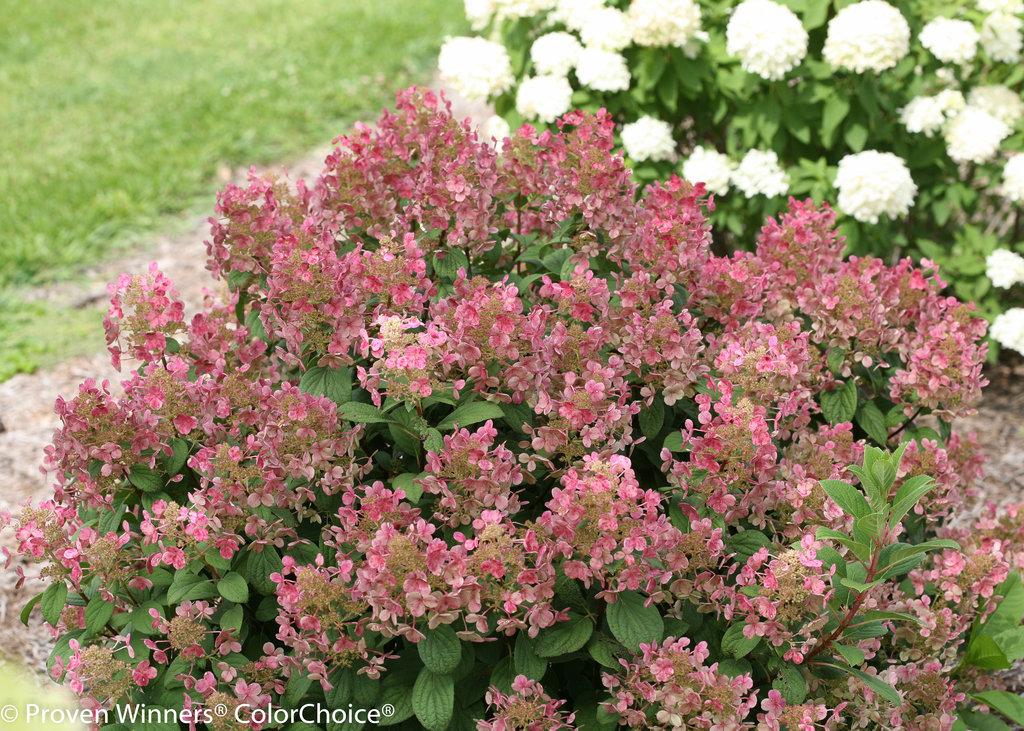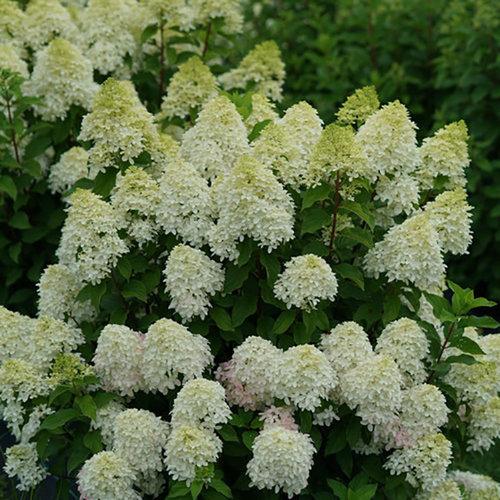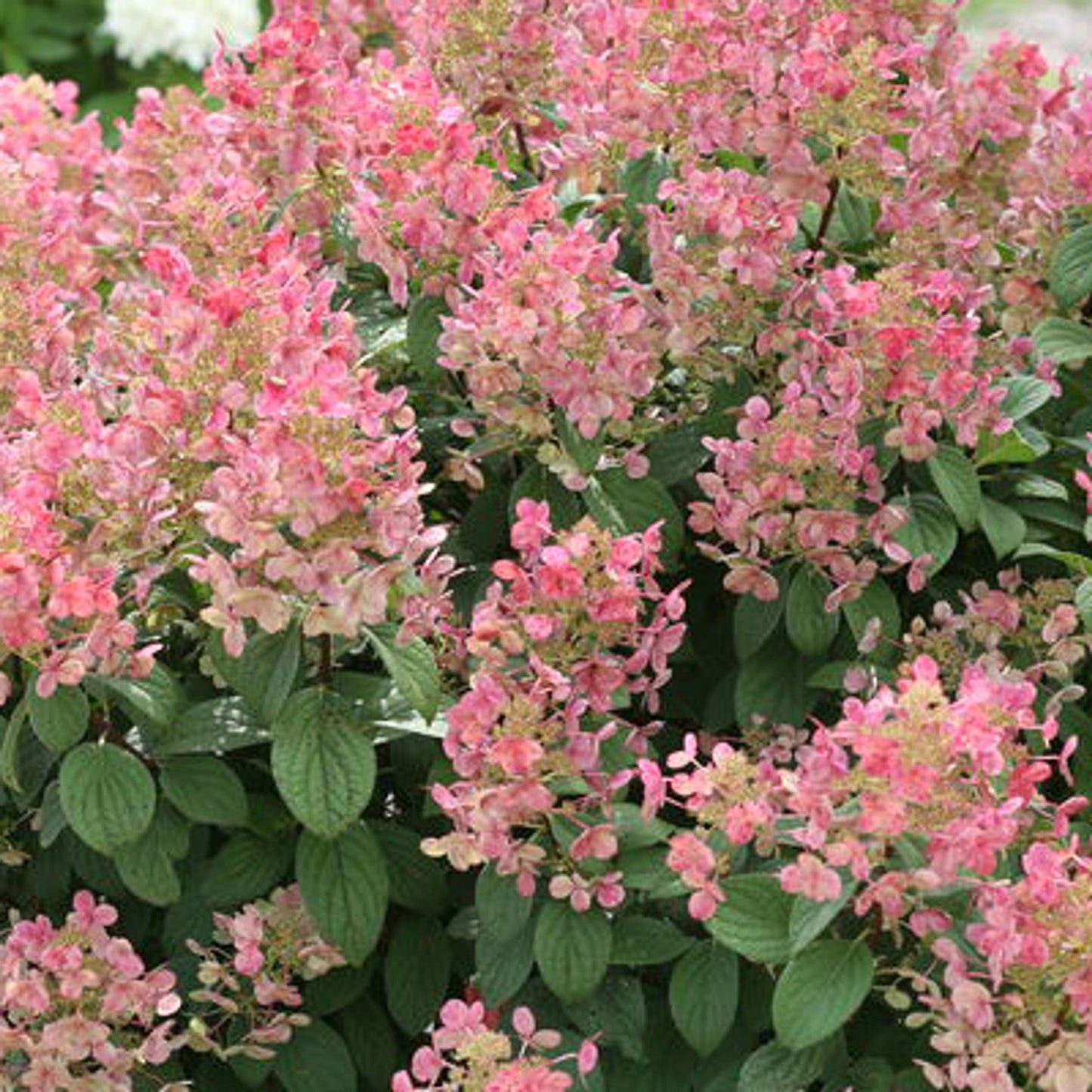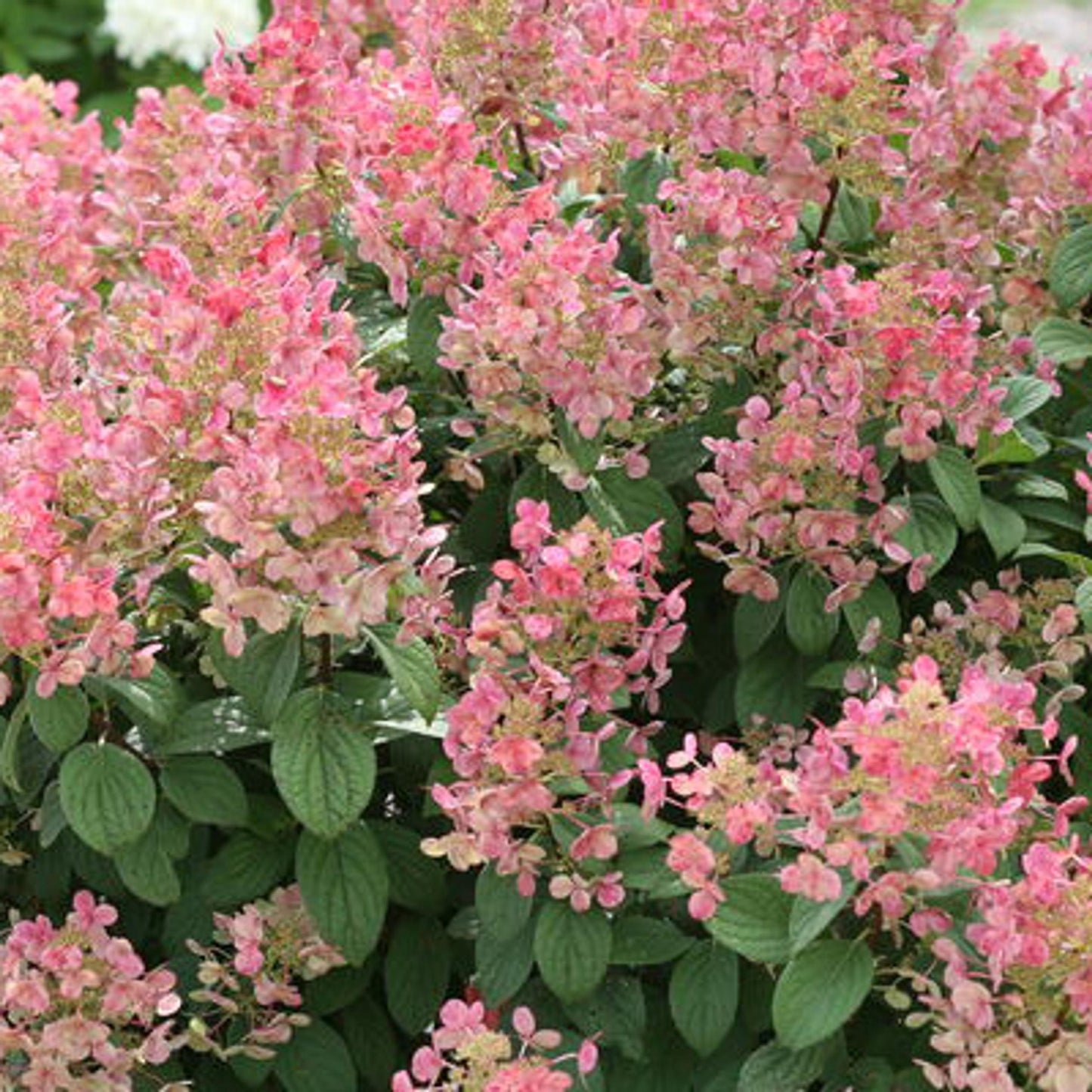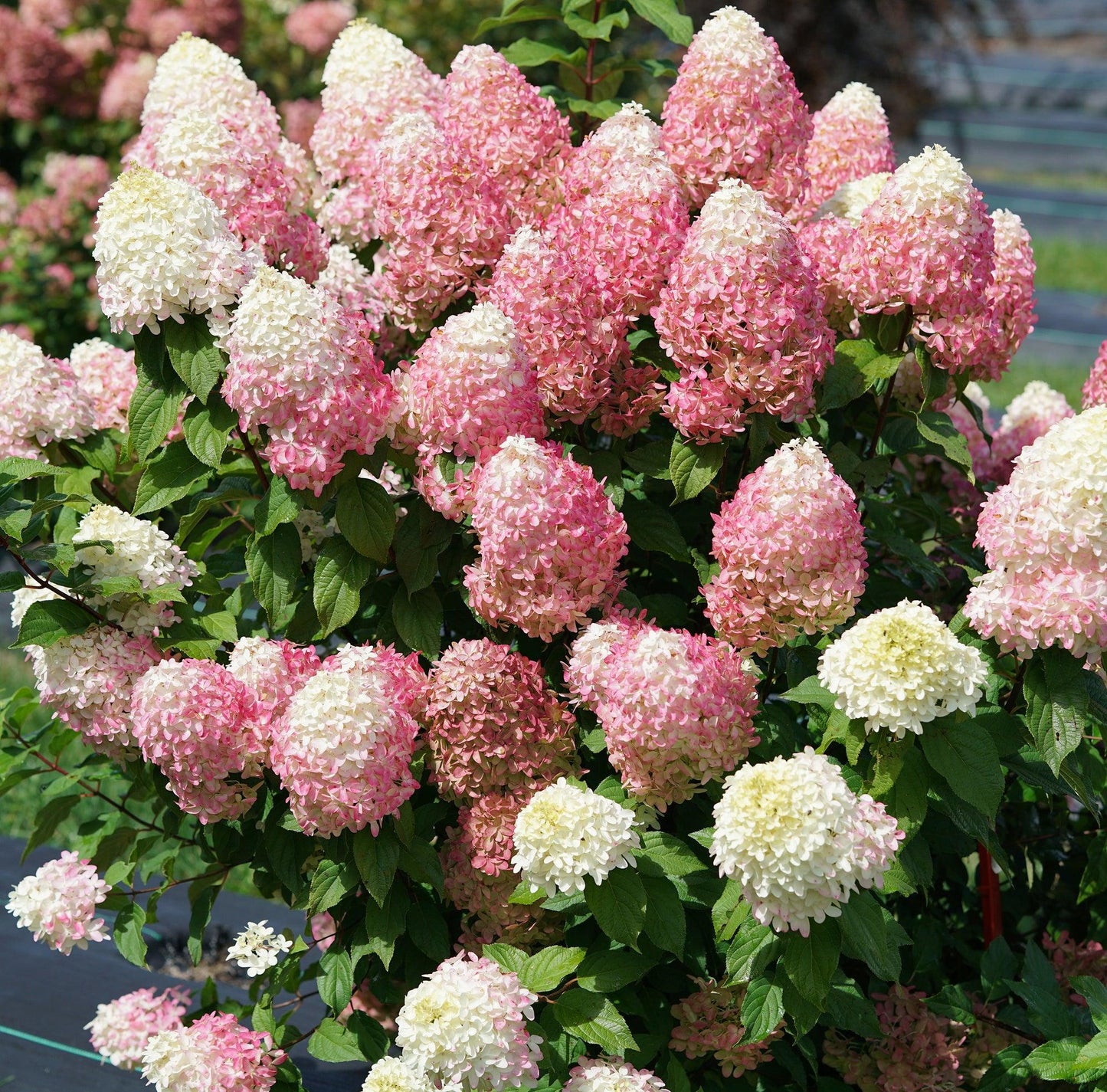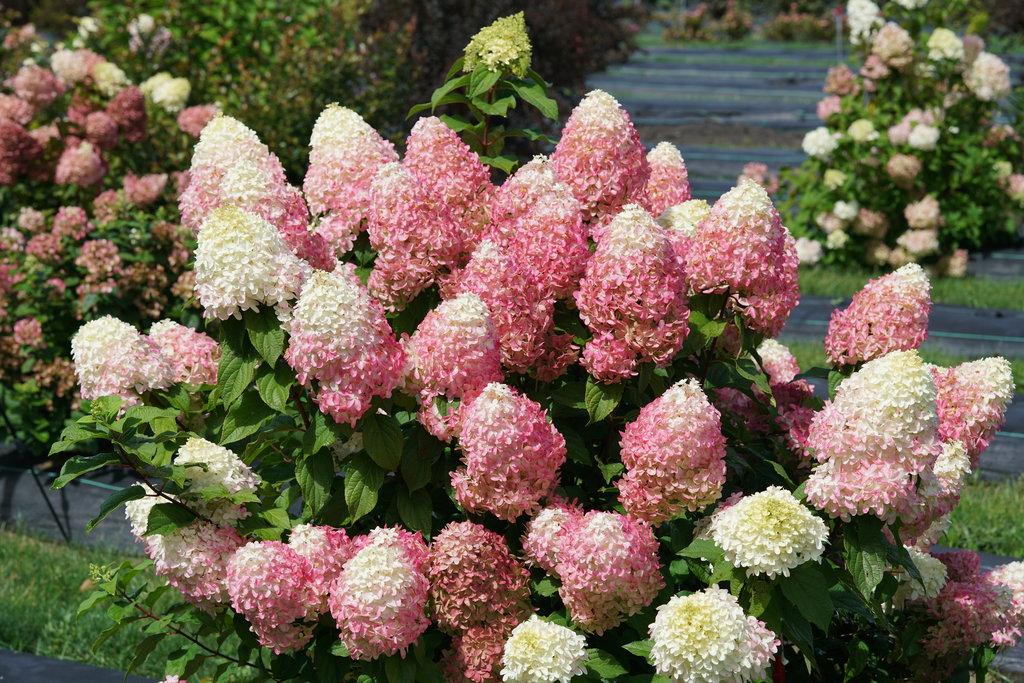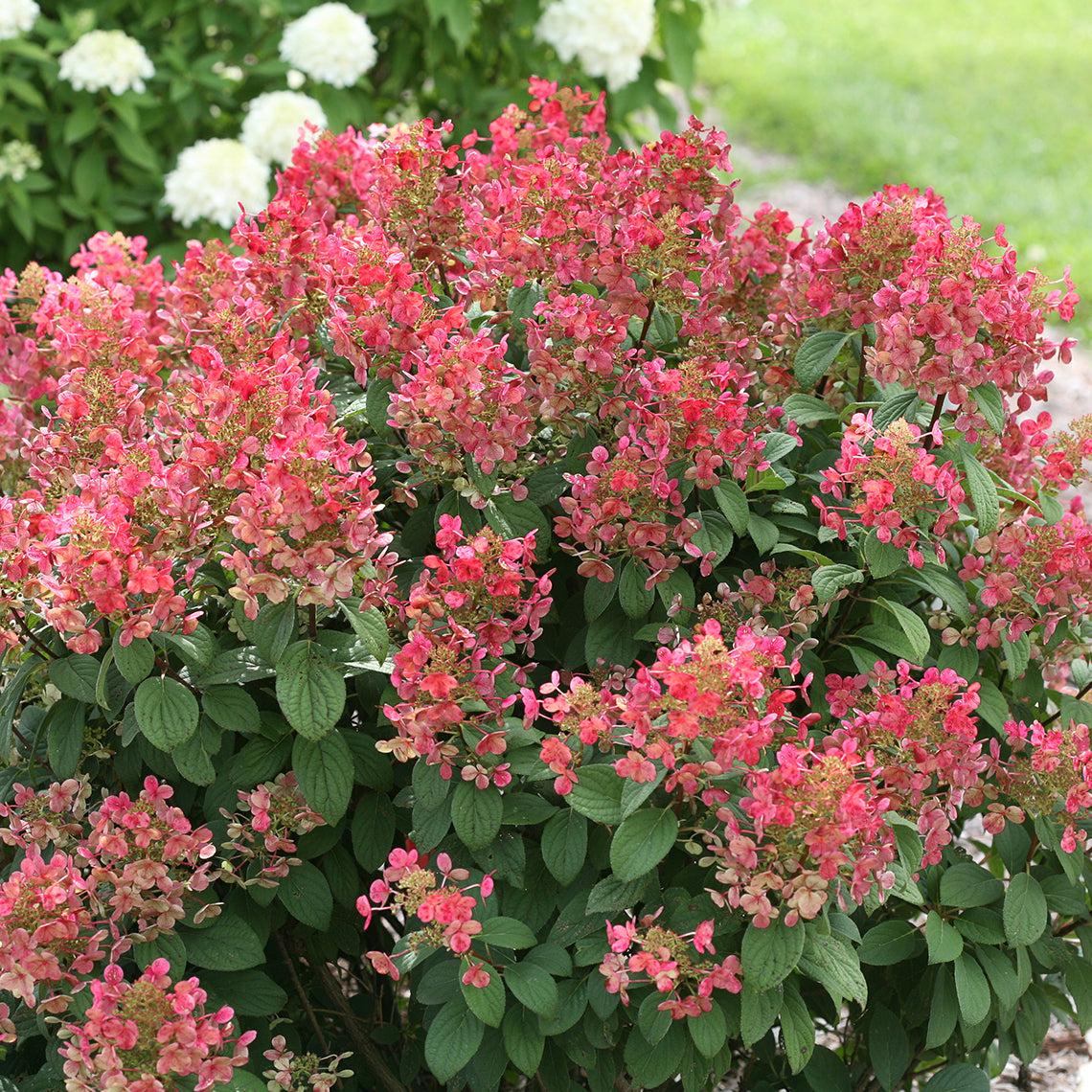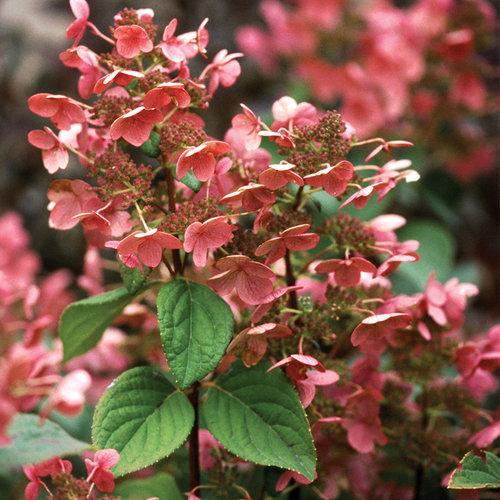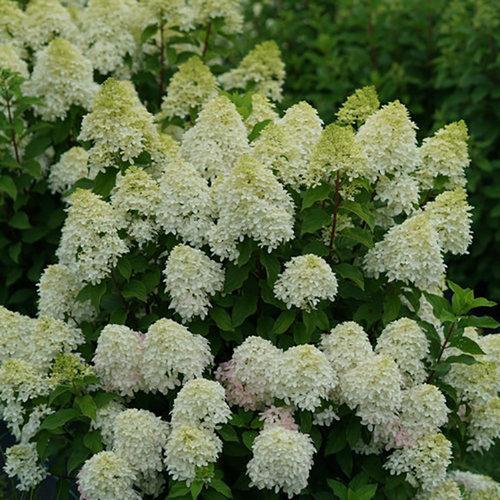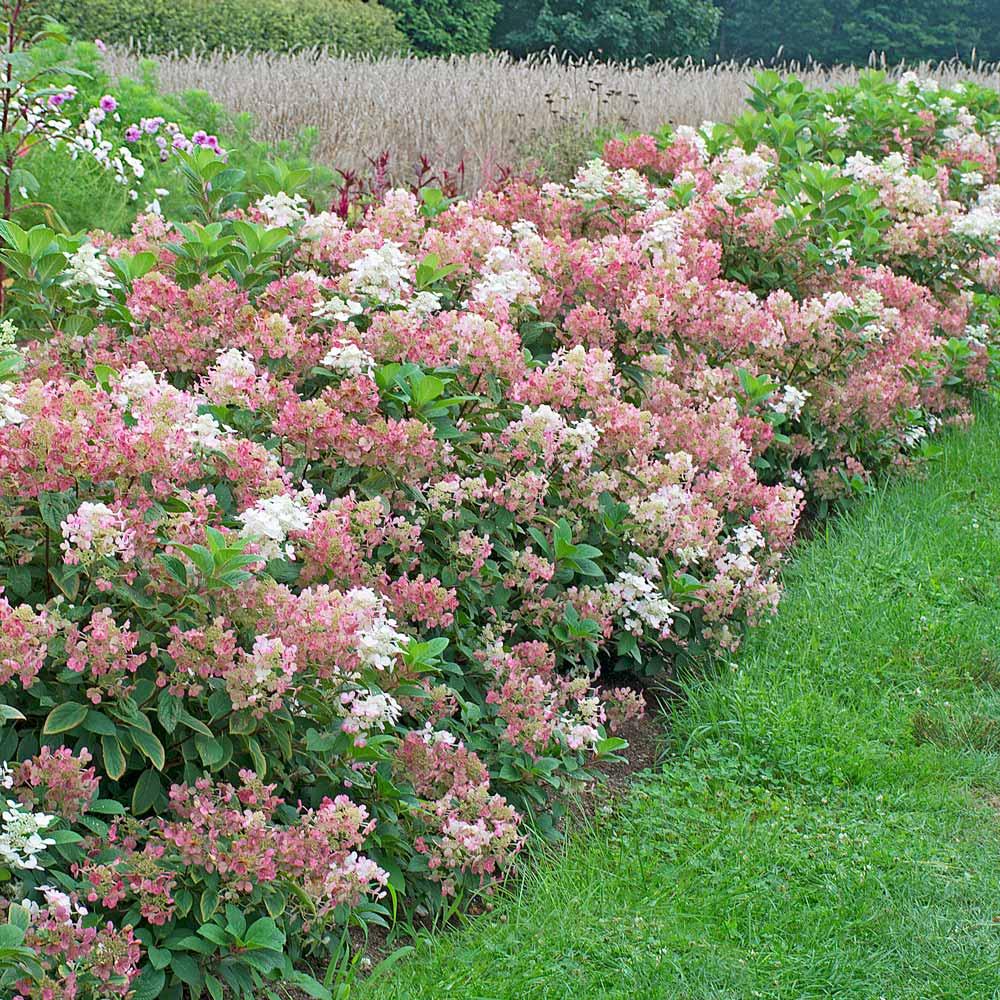1
/
of
20
Quick Fire Panicle Hydrangea–Early Blooming–Attracts Pollinators 3 Gallon
Quick Fire Panicle Hydrangea–Early Blooming–Attracts Pollinators 3 Gallon
Regular price
$156.00 USD
Regular price
$202.80 USD
Sale price
$156.00 USD
Unit price
/
per
Shipping calculated at checkout.
SKU:nsf4608-redcrocus
Couldn't load pickup availability
Hydrangea paniculata 'Quick Fire'
Description
Hydrangea paniculata 'Quick Fire' is a stunning deciduous shrub known for its early blooming and vibrant color transition. It starts with creamy white flowers that gradually turn pink and then deep red as the season progresses. This hardy plant adds a dynamic and eye-catching element to any garden.
Suggested Uses
'Quick Fire' is perfect for mixed borders, hedges, and as a standalone specimen. Its long-lasting blooms make it an excellent choice for cut flower arrangements. It also attracts pollinators, making it a great addition to wildlife gardens.
Plant Details
-
 Botanical Name: Hydrangea paniculata 'Quick Fire'
Botanical Name: Hydrangea paniculata 'Quick Fire' -
 Common Name: 'Quick Fire' Panicle Hydrangea
Common Name: 'Quick Fire' Panicle Hydrangea -
 Size & Growth: 6-8 feet tall and wide
Size & Growth: 6-8 feet tall and wide -
 Hardiness Zones: 3-8
Hardiness Zones: 3-8 -
 Foliage Type: Deciduous
Foliage Type: Deciduous -
 Bloom Time: Early summer to fall
Bloom Time: Early summer to fall -
 Growth Rate: Fast
Growth Rate: Fast -
 Light Requirements: Full sun to partial shade
Light Requirements: Full sun to partial shade -
 Attracts Pollinators: Yes
Attracts Pollinators: Yes -
 Indoor Friendly: No
Indoor Friendly: No -
 Container Friendly: Yes
Container Friendly: Yes -
 Deer Resistant: Yes
Deer Resistant: Yes -
 Pet Warning: Non-toxic
Pet Warning: Non-toxic -
 Fragrant: No
Fragrant: No -
 Cut Flower: Yes
Cut Flower: Yes -
 Grows Well With: Roses, Lavender, Ornamental Grasses
Grows Well With: Roses, Lavender, Ornamental Grasses
Care Tips
-
 Planting Instructions: Plant in spring or fall, ensuring the root ball is level with the soil surface.
Planting Instructions: Plant in spring or fall, ensuring the root ball is level with the soil surface. -
 Soil Moisture: Keep soil consistently moist but not waterlogged.
Soil Moisture: Keep soil consistently moist but not waterlogged. -
 Soil Type: Prefers well-drained, fertile soil.
Soil Type: Prefers well-drained, fertile soil. -
 Humidity: Tolerates average humidity levels.
Humidity: Tolerates average humidity levels. -
 Pruning Instructions: Prune in late winter or early spring to encourage new growth.
Pruning Instructions: Prune in late winter or early spring to encourage new growth. -
 Winter Care: Mulch base in colder climates to protect roots.
Winter Care: Mulch base in colder climates to protect roots. -
 Planting Depth: Plant at the same depth as in the nursery pot.
Planting Depth: Plant at the same depth as in the nursery pot. -
 Fertilization: Fertilize in early spring with a balanced fertilizer.
Fertilization: Fertilize in early spring with a balanced fertilizer. -
 Special Care: Avoid overhead watering to prevent fungal diseases.
Special Care: Avoid overhead watering to prevent fungal diseases.
Share
